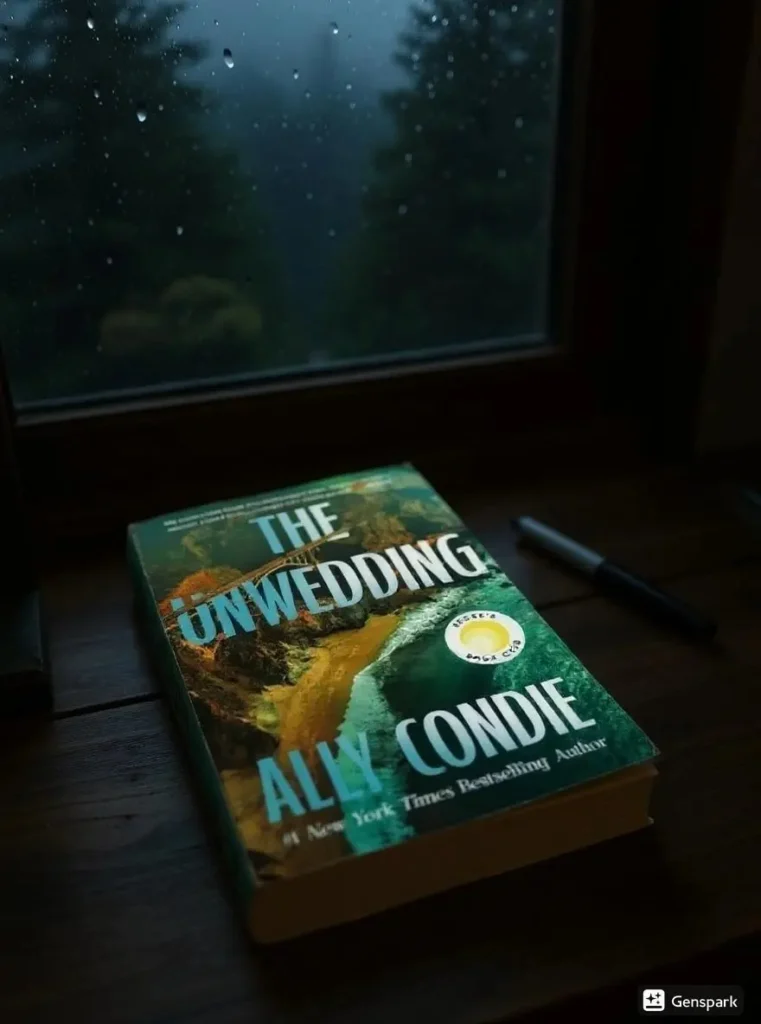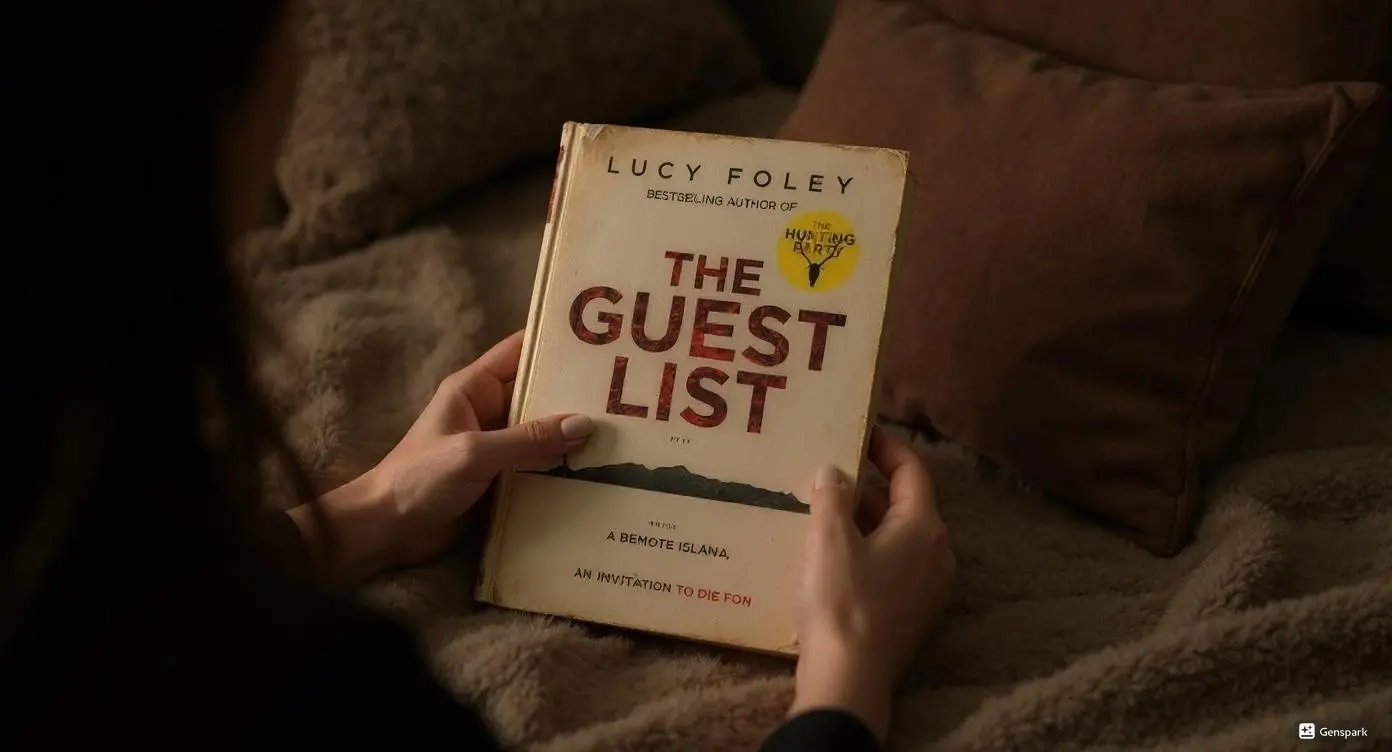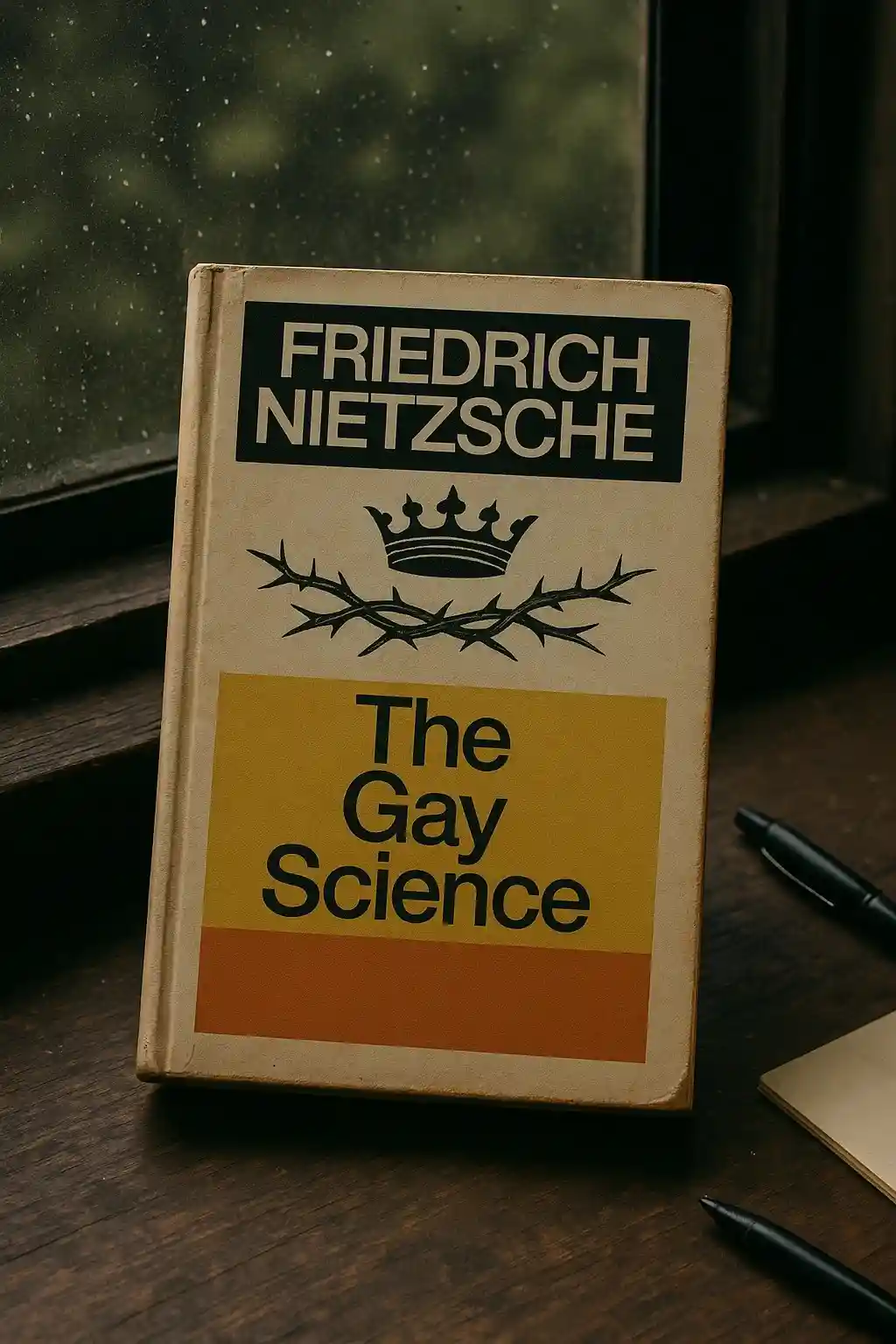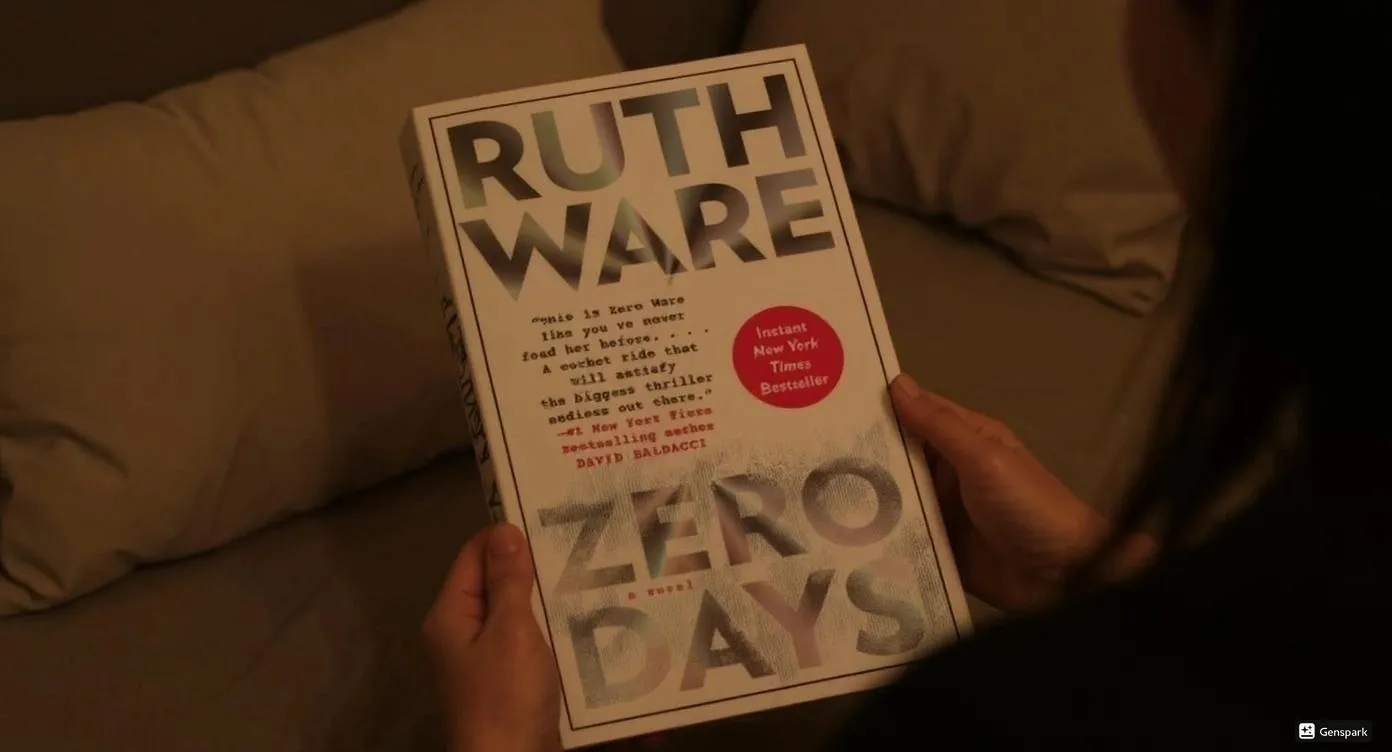I grabbed this book at 11 PM on a Tuesday, thinking I’d read a chapter before bed. Four hours later, I sat in my kitchen at 3 AM, coffee growing cold, completely absorbed in Ellery Wainwright’s nightmare vacation. My heart was racing so hard I had to check my pulse – this psychological thriller had me completely hooked.
I picked up The Unwedding after reading terrible reviews online. I was wrong to doubt it. This atmospheric mystery follows a recently divorced woman who books a luxury Big Sur resort for what should have been her fifth wedding anniversary. Instead of healing, she finds herself trapped in a locked-room murder mystery when wedding guests start dying during a massive storm.
The moment I read the premise – celebrating divorce at an isolated resort that becomes a crime scene – I knew I had to experience this story. Ally Condie, famous for her YA Matched trilogy, makes a bold jump into adult psychological suspense territory. The isolated luxury setting, mudslide entrapment, and wedding party dynamics create the perfect storm for murder.
Key Takeaways
Divorce recovery becomes a powerful lens for exploring trauma survival, showing how personal healing intersects with seeking justice for others in crisis situations.
Atmospheric tension transforms Big Sur’s natural beauty into genuine claustrophobia, with weather patterns and geographical isolation creating authentic locked-room mystery dynamics.
Character development exceeds genre expectations by giving supporting cast members complex motivations beyond their roles as suspects, creating genuine investment in multiple storylines.
Class dynamics and privilege examination add social commentary depth without overwhelming the central mystery, revealing how wealth insulates people from consequences.
Psychological complexity emerges through unreliable narrator elements and survivor guilt, making the protagonist’s investigation deeply personal rather than purely intellectual.
Basic Book Details
Publishing Information: June 4, 2024 by Grand Central Publishing
Genre: Mystery/Thriller, Psychological Suspense
Plot: Divorced woman investigates murders at isolated Big Sur resort during wedding celebration
Series Information: Standalone novel
Page Count: 320 pages
Main Characters:
- Ellery Wainwright: Recently divorced protagonist dealing with anniversary trauma
- Ravi: Charming wedding guest who becomes investigative partner
- Nina: Sharp-witted woman who aids in solving the mystery
My Personal Reading Experience
I almost skipped this book after reading mixed reviews, but something about the premise grabbed me. The idea of turning a painful anniversary into a declaration of independence resonated deeply. I was recently divorced myself, and Ellery’s decision to take that solo trip felt both terrifying and empowering.
The opening scene where Ellery arrives at Broken Point Resort made my chest tight with recognition. That mixture of defiance and vulnerability when doing something alone that you’d planned to do with someone else – I felt that in my bones. I was sitting in my reading chair with chamomile tea, rain pattering against my window, completely absorbed in her emotional journey.
When the first murder happens, I literally gasped out loud. My cat jumped off my lap, startled by my reaction. The contrast between luxury wedding celebrations and sudden death created such an unsettling atmosphere that I found myself checking my door locks.
The Big Sur setting became genuinely menacing as I read deeper into the story. Condie’s descriptions of the storm rolling in made me feel trapped alongside the characters. I could practically hear the wind howling and feel the mudslides cutting off escape routes. The luxury resort details – spa treatments continuing while guests realize they’re trapped with a killer – created this eerie normalcy that amplified every scene.
I was reading during a thunderstorm myself, which added to the claustrophobic atmosphere. The combination of natural disaster and human malice felt terrifyingly plausible. The mudslides weren’t just convenient plot devices – they felt organic to the coastal California setting, making the isolation believable.
The wedding party backdrop added complexity I hadn’t expected. Instead of strangers forced together, these characters had existing relationships, secrets, and tensions that predated the murders. Every character had multiple motives, making me constantly reevaluate my suspicions.
Character Development and Psychological Depth
Ellery’s transformation from vulnerable divorcee to amateur sleuth impressed me most. Her character arc felt earned rather than sudden. The divorce trauma doesn’t magically disappear when the mystery begins – it informs her empathy and determination to seek justice. I connected with her internal monologue about feeling invisible as a single woman in couple-oriented spaces.
Her survivor’s guilt over not being the murder victim created compelling internal conflict. Why was she spared when the bride was killed? This question drove her investigation as much as curiosity, making her motivations deeply personal. I found myself rooting for her healing as much as the mystery’s resolution.
Ravi emerged as more than just a romantic interest – he’s Ellery’s intellectual equal in piecing together clues. Their partnership developed naturally through shared observations and complementary skills. I appreciated that their connection felt organic rather than forced by genre conventions.
Nina provides sharp, analytical perspective that balances Ellery’s emotional intuition. The three-person investigative team works effectively because each character brings different strengths. The wedding party members are well-developed beyond their suspect roles, each with distinct personalities and believable relationships with the victim.
Writing Style and Literary Techniques
Reading this after being familiar with Condie’s YA work, I was struck by how successfully she adapts her style for adult readers. The prose maintains her accessible clarity while adding sophisticated psychological depth. Her descriptions of the Big Sur landscape are particularly evocative without being overwrought.
The present-tense narration creates immediacy that serves the mystery well. I experienced discoveries alongside Ellery rather than reading about them after the fact. This technique heightened my engagement with each revelation and red herring.
Condie plants clues fairly throughout the narrative. I could solve parts of the mystery by paying attention, but the final twists still surprised me. The balance between giving readers enough information to participate while maintaining suspense is skillfully handled.
Thematic Analysis
The book’s exploration of divorce recovery feels particularly relevant. Ellery’s journey from victim to survivor to someone who actively helps others resonates with contemporary conversations about resilience and personal growth. Her anniversary trip represents reclaiming narrative control over her life story.
The grief processing doesn’t follow a neat linear path – Ellery has setbacks, moments of self-doubt, and complicated feelings about her ex-husband throughout the investigation. This realistic portrayal of healing adds authenticity to her character development.
The exclusive resort setting allows Condie to explore wealth disparities and privilege dynamics without being heavy-handed. The wedding party’s behavior, staff interactions, and guest assumptions reveal class tensions that add depth to character motivations.

Strengths and Weaknesses
The atmospheric setting creates genuine tension that enhances every scene. Character development exceeds expectations for the genre, with Ellery’s emotional journey feeling earned and authentic. The mystery plot is well-constructed with fair clue placement and satisfying reveals.
However, the strong first half frayed into too many side plots in the second half, creating pacing issues. Some supporting characters could have been developed further, and the resolution relies on coincidences that strain believability slightly.
The romance subplot, while sweet, sometimes feels obligatory rather than organic. Certain clues are revealed through convenient eavesdropping that feels slightly contrived.
Final Verdict
The Unwedding succeeds as both an engaging mystery and thoughtful exploration of healing after divorce. Condie’s atmospheric writing creates genuine tension, while Ellery’s character development provides emotional depth that elevates the genre beyond simple puzzle-solving.
The Big Sur setting becomes a character itself, with storm isolation creating claustrophobia that enhances every scene. I found myself completely absorbed in the luxury resort environment, feeling trapped alongside the characters as the situation deteriorated.
While pacing falters slightly in the final third and some plot conveniences strain believability, the overall experience satisfies both mystery lovers and readers seeking character-driven fiction. The depth of characters, surprise twists, and protagonist’s resilience create a compelling read.
I recommend this book for fans of atmospheric mysteries, psychological thrillers, and stories about resilience in the face of personal trauma. It’s particularly suitable for readers who enjoyed The White Lotus or modern takes on classic Agatha Christie-style mysteries.
Dionysus Reviews Ratings: 7/10
Sip The Unknown—Discover Stories You Never Knew You’d Love!
Dionysus Reviews Has A Book For Every Mood
Biography & Memoir
Fiction
Mystery & Detective
Nonfiction
Philosophy
Psychology
Romance
Science Fiction & Fantasy
Teens & Young Adult
Thriller & Suspense
Frequently Asked Questions
How does Ally Condie’s writing style differ between her YA Matched series and The Unwedding?
Condie’s adult fiction maintains her accessible prose while adding psychological sophistication and complex emotional landscapes. The dialogue reflects adult concerns about marriage, divorce, and midlife challenges rather than coming-of-age themes. Her atmospheric descriptions are more nuanced, and character motivations explore deeper psychological territory than her YA work.
Is The Unwedding suitable for readers who haven’t read mystery novels before?
Absolutely. The mystery elements are well-constructed but not overly complex, making it accessible to newcomers. Condie provides enough context without talking down to readers. The character development and emotional themes provide additional entry points beyond just puzzle-solving aspects.
How realistic is the Big Sur resort setting and could such isolation actually occur?
The geographic setting is authentic to Big Sur’s rugged coastal terrain where mudslides and severe weather can indeed cut off access roads. Luxury resorts in remote locations exist throughout California’s coastline. While complete isolation might be temporary due to helicopter access, the scenario is plausible enough for the story’s purposes.
Does the book handle divorce and trauma recovery in a realistic way?
Yes, Ellery’s emotional journey feels authentic rather than romanticized. Her healing process includes setbacks, complicated feelings about her ex-husband, and moments of self-doubt that reflect real divorce recovery experiences. The book avoids simple resolution in favor of showing ongoing growth and resilience.
How does this book compare to other locked-room mysteries in the genre?
The Unwedding updates the classic locked-room formula with contemporary psychological insights and social commentary. While maintaining genre conventions like isolated setting and limited suspect pool, it adds depth through character development and thematic exploration that goes beyond traditional puzzle-solving mysteries.









